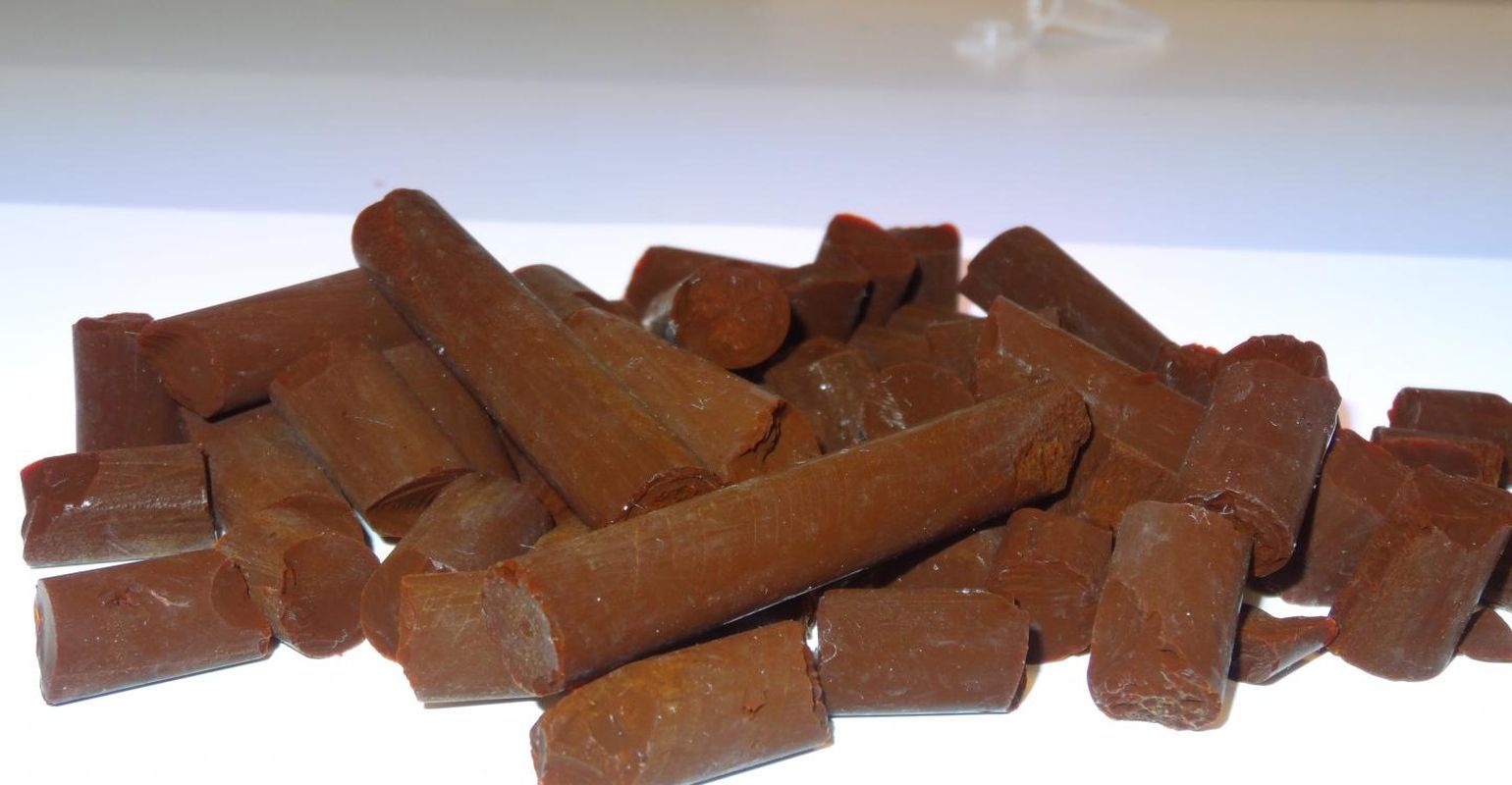Scientists Develop a Method to Remove Antibiotic Residue From Waste Water

Two research groups from the Tallinn University of Technology have focused on the use of organic aerogels produced from phenolic compounds obtained upon processing Estonian oil shale to help remove antibiotics from waste water. Their research paper, "Metal-doped organic aerogels for photocatalytic degradation of trimethoprim" was published in the Chemical Engineering Journal.
"In modern materials science, the creation and application of materials with extreme properties is continuously of great practical interest," says the head of the nanoporous materials research group, lead research scientist Mihkel Koel. "These materials include also the aerogels (highly porous material with extremely low density and low thermal and electrical conductivity) developed by our research group. Novel materials enable also new and effective applications in technology."
In order to produce highly porous aerogel from gel, supercritical extraction with carbon dioxide is used, in the process in which liquid is replaced by gas resulting in aerogel -- a very light and porous material.
"It is crucial that this aerogel is produced from local raw material, i.e. Estonian oil shale phenolic compounds," Koel says. "Due to the specificity of the compounds obtained from Estonian raw material, the reaction takes place quickly and at room temperature (earlier the production of aerogel required heating at a temperature as high as 100°C for a longer period of time). By doping these aerogels with metals, an excellent catalyst carrier is produced that can be used for waste water treatment. The study of the photocatalytic activity of organic aerogels doped with metals (Fe, Cu, Co, and Ni) produced novel and surprising results. The best results were obtained by using nickel (Ni). Since aerogel is a highly porous material with large specific surface area, it is well-known for its excellent adsorbent properties, which is particularly important when acting as a catalyst."
The article analyzes photocatalytic degradation of substances in waste water. It appeared that this method can successfully remove the antibiotic trimethoprim -- which is used to treat kidney infections -- from waste water. Until now, cleaning water from pharmaceutical waste has been extremely complicated and not very effective.
Koel adds that the nanoporous materials research group studies also silica and cellulose aerogels and carbon aerogel produced at high temperature pyrolysis of organic aerogel (by heating up to 700-800°C without air supply). When carbon aerogels are doped with metals, a material is produced that exhibits the best catalytic properties for electrolysis.
Source: Estonian Research Council